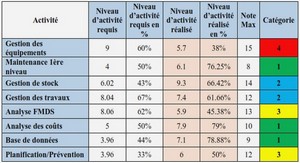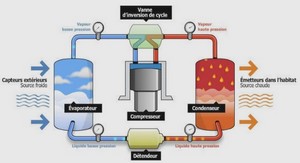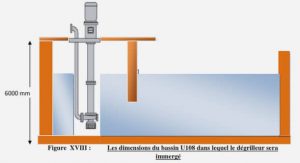Structure of the supply chain studied
Definition of key words – Terminology
Supply chain
Supply chain is the network of organizations involved in the various processes and activities that generate value in the form of goods or services provided to the ultimate customer across upstream and downstream linkages (Martin, 1992). In other words, a supply chain is made up of several corporations, both upstream (i.e., supply) and downstream (i.e., distribution), and the ultimate customer.
Closed-Loop Supply Chain
Closed-loop supply chains (CLSC) are supply chain networks that include the returned processes and the manufacturer has the intent of capturing additional value integrating all supply chain activities (Guide, 2003). The main duties of a closed-loop supply chain are first, it is responsible for value-added procedures to meet customer demand (as before) and second, it tries to collect returned goods from consumers and find the best ways to account for it. (Govindan, 2017) .
Supply chain management
The purpose of supply chain management is to integrate the customer’s requirements with the supplier’s material flow to achieve a balance between what is often seen as competing priorities of customer satisfaction, low inventory management, and low unit cost (Graham, 1989). Supply chain management aims at organizing activities and flows from suppliers to end customers (Nakhla, 2009), and enhancing operational performance, company competitiveness, and relationships among the various chain members (Mahnam, 2009). There are some differences between supply chain management and classical control of manufacturing: 1) in the supply chain management the supply chain is seen as a single process. Responsibility for the different chain divisions is not isolated and confined to specific areas such as manufacturing, purchasing, distribution, and sales. 2) Supply chain management relies on strategic decision-making. 3) Supply chain management calls for a different perspective on inventories, which are used as a balancing mechanism of last, not first, resort. 4) A new approach to systems is required, integration rather than interfacing (Houlihan, 1988) .
Decision making
In a supply chain, there are two forms of decision coordination: centralized or decentralized. The « centralized » decision consists of the fact that in the supply chain there is a single decision-maker whose goal is to reduce (maximize) the overall cost (profit) of the chain. The decision « decentralized » includes many decision-makers who have opposing interests (Jaber, 2010) .
Stochastic supply chain
A supply chain is said to be stochastic if at least one of its parameters is characterized by the presence of random phenomena (Min, 2002). Such as delivery time (δ), random failure (TTF) of the production machine, or random repair (TTR) of the production machine.
Quality control: Single sampling plan by attribute
Quality control of a batch of material (raw, semi-finished, and finished) by a plan aims to recommend its acceptance or rejection (non-acceptance) based on the quality of a sample (Baillargeon, 2013). The single sampling plan by attribute involves randomly picking a number of items in order to verify their compliance with previously defined specifications. If the number of non-conforming items is less than or equal to a predefined acceptance criterion, the batch is accepted. Otherwise, the batch is rejected.
Remanufacturing
The purpose of remanufacturing is to bring used products up to quality standards that are as rigorous as those for new products. Remanufacturing can be combined with technological upgrading. Parts for remanufacturing have to fulfill stricter quality standards than parts for refurbishing or repair (Martijn, 1995). Some industries have been remanufacturing since the 1920s (for example, automotive parts have been remanufactured by third parties). The military has routinely remanufactured assets for decades. Research on remanufacturing has increased since the early 1980s (Lund, 1983), with most of the published research appearing since 1990 and focused on operational or engineering issues (Daniel, 2019). Based on the dynamics of the market and the spread of environmental legislation, a growing number of manufacturing companies participate in product recovery activities in their production systems (Atasu, 2008). Moreover, the remanufacturing process is thought to recover the economic and ecological benefits as much as possible due to the increased life of the product and decreased energy and ultimate amounts of waste (Lund, 2003).
INTRODUCTION |






